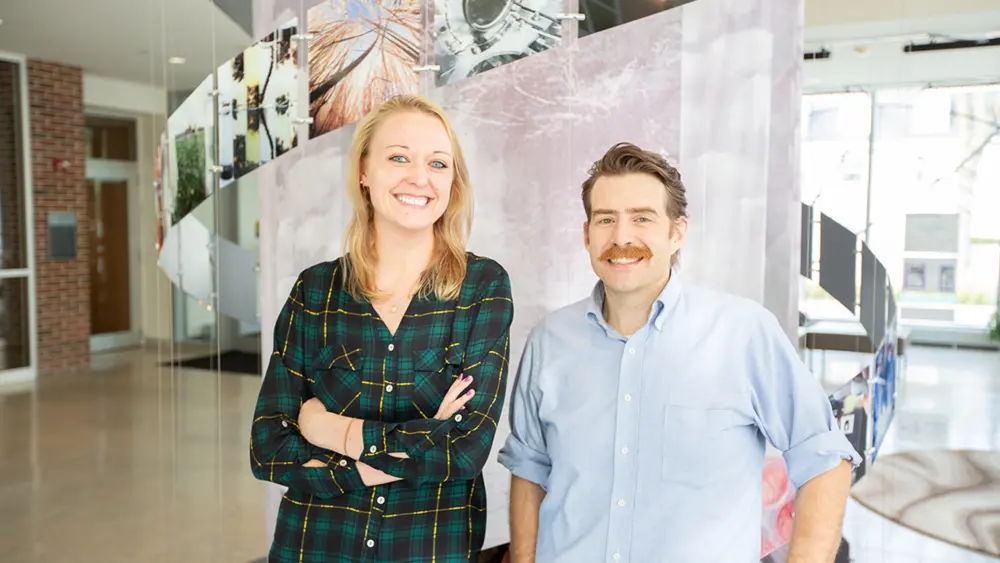
Furthermore, when crops decline at summer’s end, honey bee populations in corn-soy heavy areas experience massive losses, posing the question of how agricultural landscapes impact the type of food the honey bees bring in, and if this food then affects the queen’s production of eggs. Adam Dolezal (IGOH), an assistant professor of entomology at University of Illinois Urbana-Champaign, and Ashley St. Clair, a postdoctoral researcher in Dolezal’s lab, explored these questions in a new paper published in Frontiers in Sustainable Food Systems. Their study involved two components. The first involved placing honey bee colonies across differing agricultural vs wildflower prairie landscapes, and measuring the species and amount of pollen collected, as well as the number of eggs laid by the queen. The researchers found that the quantity of pollen didn’t vary based on crop vs prairie location, but that the species of pollen did, the main difference being that honey bees near prairie collected more evening primrose pollen than honey bees near crop fields. Additionally, queens from colonies placed closer to prairie laid more eggs than those near crop fields, particularly in late summer, when crop availability decreases. St. Clair explained that this result did vary a bit year by year, because field experiments with honey bees have so many variables to account for. “It's very complicated in the field to tease apart these differences. I mean, it could be corn, pesticides, the randomness in the colonies…It could be all kinds of interactions,” said St. Clair. “We wanted to see if we could replicate those findings in the lab because it would mean that pollen nutrition was actually an indicator of that reduced queen egg laying we see in August, and not some other environmental factor.”